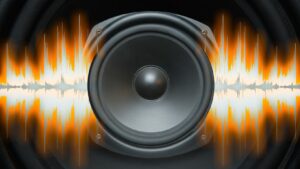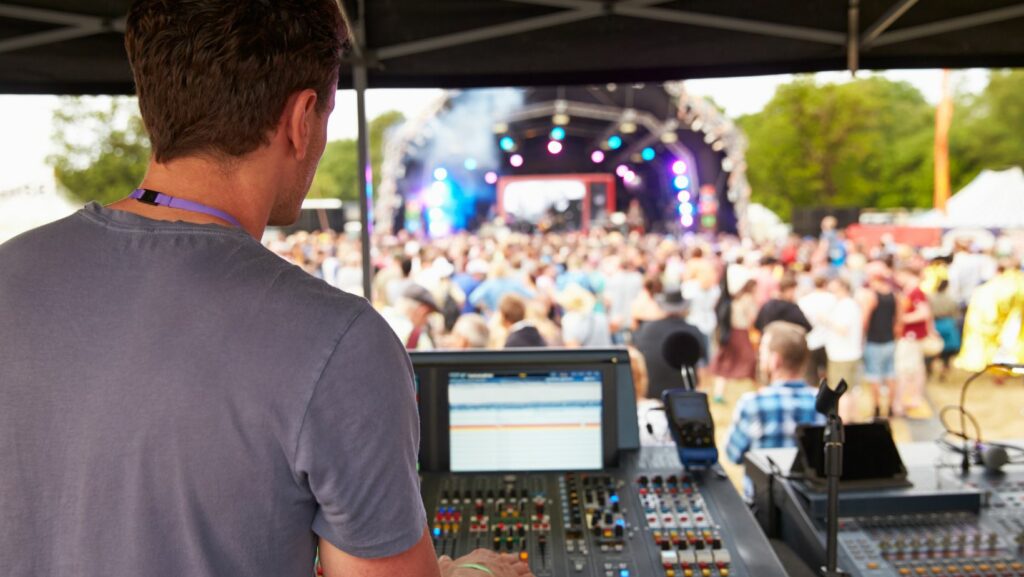Sound evolution is a fascinating journey that reveals how our auditory experiences have transformed over time. From the primal sounds of nature to the complex symphonies of modern life, sound has continuously shaped human culture and communication. It’s an ever-evolving phenomenon that reflects technological advancements and cultural shifts.
Throughout history, humans have harnessed sound, creating tools and instruments to express emotions and ideas. The evolution of sound is not just about music; it’s about how we perceive and interact with the world around us. As technology progresses, so does our ability to manipulate and enhance sound, offering new ways to connect and communicate.
Understanding sound evolution offers insights into the past and a glimpse into the future. It highlights the dynamic nature of sound and its impact on society. As we explore this evolution, we uncover the intricate relationship between sound, technology, and human experience.

Sound Evolution
Technological advancements have significantly influenced sound evolution. They’ve shaped how sound is created, captured, and shared in modern society.
Analog To Digital Transition
The shift from analog to digital technology marked a critical phase in sound evolution. Analog formats, like vinyl records and cassette tapes, were once the standard for recording and playback. Digital technology, however, emerged with the introduction of compact discs (CDs) in the 1980s, offering better sound quality and durability. This transition allowed for easier sound manipulation and replication without quality loss. Digital formats led to further innovations like MP3s and other digital audio files, transforming how sound is distributed and consumed.
The Impact Of The Internet
The internet’s rise profoundly impacted sound evolution by democratizing access to audio content. Online platforms enabled artists to distribute music globally without traditional limitations. Streaming services like Spotify and Apple Music gave users instant access to vast sound libraries, promoting diverse audio experiences. These platforms also foster collaborative environments for sound production and sharing, fueling the rapid progression of sound technology and creativity.

The Science Behind Sound Evolution
Advancements in audio technology and understanding of human perception have driven the science behind sound evolution. Researchers and engineers have made significant strides to enhance how sound is produced, transmitted, and perceived.
Advances In Audio Engineering
Audio engineering has transformed sound production and manipulation. Innovations like multitrack recording and digital audio workstations have revolutionized music creation. The shift to digital audio enabled precise editing and mixing, while recent developments in spatial audio technologies, like Dolby Atmos, deliver immersive sound experiences. Sound engineers now use sophisticated algorithms to replicate acoustic spaces, ensuring realistic audio playback.
Psychoacoustics And Perception

Psychoacoustics examines how humans perceive sound. It’s essential to sound evolution, as understanding auditory perception informs sound design choices. Researchers study phenomena like pitch, loudness, and timbre to optimize audio fidelity. Binaural audio exploits psychoacoustic principles, creating a 3D sound experience using headphones. Additionally, psychoacoustics aids in developing compression algorithms that preserve audio quality while reducing file sizes, enhancing streaming services’ efficiency.
Future Predictions For Sound Evolution
Sound evolution may embrace artificial intelligence (AI) to craft personalized audio experiences, analyzing an individual’s preferences to curate bespoke soundscapes. AI could reshape how music is composed and produced, automating processes while fostering new creative possibilities.
Quantum computing might revolutionize audio processing times, enhancing sound quality and enabling real-time modifications with increased accuracy. This advancement could lead to groundbreaking formats and immersive experiences that surpass current digital capabilities.
Augmented reality (AR) and virtual reality (VR) are likely to further integrate sound into immersive environments. These technologies could advance spatial audio, allowing users to experience sound from different angles and depths, enriching sensory engagement.
Sound evolution is a testament to humanity’s ingenuity and adaptability. As technology and culture continue to intertwine, the possibilities for auditory innovation remain boundless. With AI, quantum computing, and immersive technologies on the horizon, sound is poised to become even more personalized and integrated into daily life. This ongoing journey not only enriches our auditory experiences but also deepens our understanding of the world around us. As we move forward, sound will undoubtedly continue to reflect and shape the ever-evolving tapestry of human existence.



